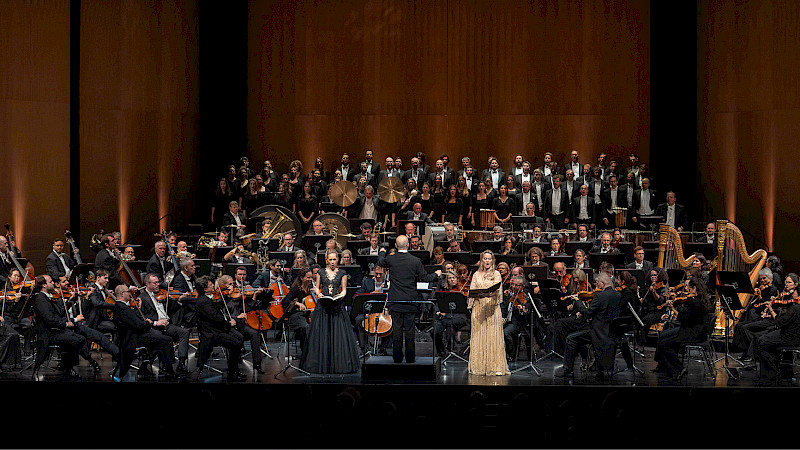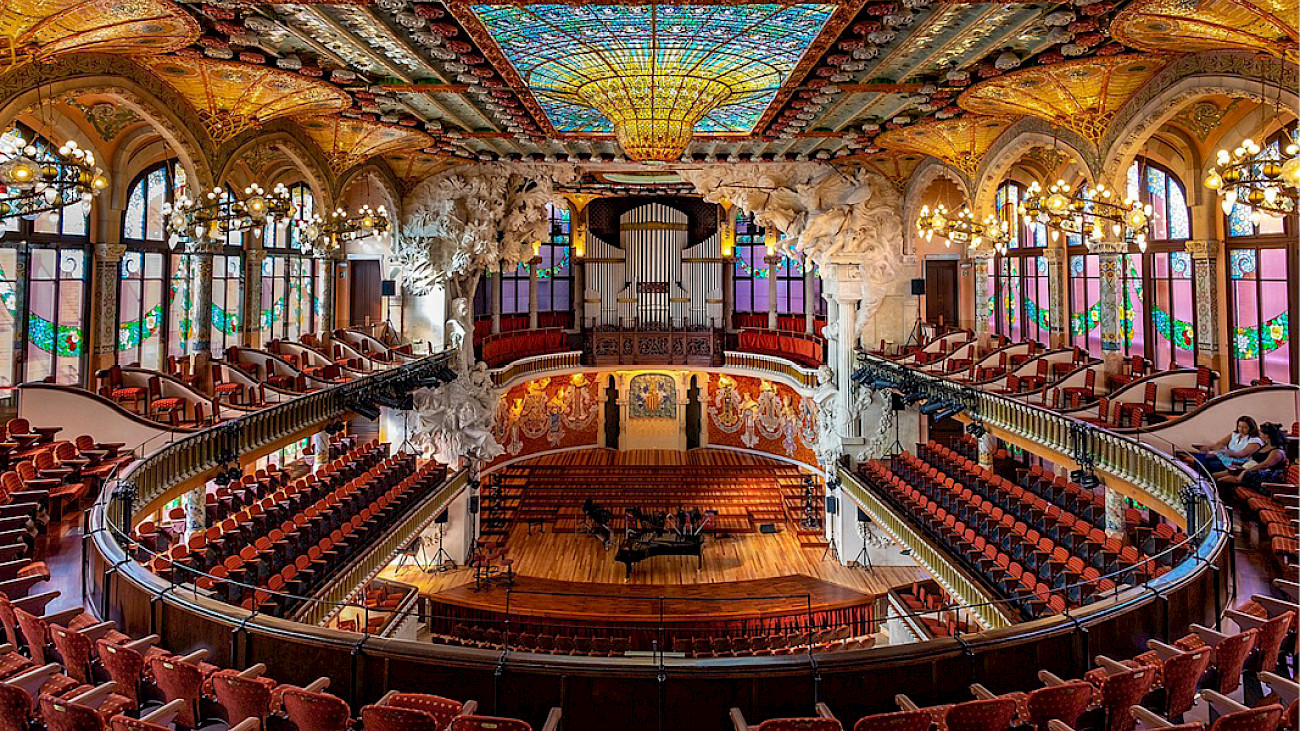
Four stations, four special halls
Spain is one of the most popular holiday destinations for the Swiss. Unique concert halls also arouse curiosity.
Spain's sound is as diverse as its regions and its people. There is much more to discover than "just" the "Carmen", the "Bolero" or flamenco. There is much to talk about, including numerous concert halls. The performances are impressive and the theatres and concert halls provide the perfect backdrop. In some cities, the theatres and concert halls are architectural beacons. Reason enough to return to this market as part of a tour.
Since the end of the 19th century, more and more concert halls have been built in Spain. However, the political turmoil of the 20th century also left its mark on the cultural landscape. Specifically, no one travelled to Spain any more. Censorship and control over everything. As a result, many forms of artistic expression were suppressed. Traditional culture was promoted and the conservative was in the lead. Diversity was restricted as a result. Repression of artists was the result. Going into exile was the only solution for many.
An exchange with artists from abroad was not desired, on the contrary: international influences were seen as a danger rather than an inspiration. As in many countries suffering under a dictatorship, this led to a certain isolation of the Spanish cultural scene.
Since the end of Franco's rule, the cultural scene has experienced a phase of renewal. International artists began performing in Spain again. Gerd Albrecht took the Tonhalle Orchestra Zurich to Spain for the first time in 1979, and we were there with Lionel Bringuier in 2018. And now we are making our sixth guest appearance at the end of October with Paavo Järvi (for the first time) and Lisa Batiashvili in Madrid, Zaragoza, Alicante and Barcelona.
The Palau de la Música Catalana is a very special concert hall. Built at the beginning of the last century, it is one of the most important examples of Catalan Art Nouveau architecture and has been declared a UNESCO World Heritage Site. As impressive as the façade is with its ornate and colourful decorative details, the concert hall with a glass dome inside is just as impressive. The orchestra is also familiar with the halls in Madrid and Zaragoza from previous trips. And then there is the ADDA in Alicante (Auditorio de la Diputación de Alicante): a concert and congress centre with a modern design, simple lines and a striking presence, right next to the bullfighting arena.
Alicante

As simple as the ADDA, which opened in 2011, looks from the outside, the concert hall is spectacularly designed on the inside: Wood and copper are reminiscent of the material of instruments, the colours black and white of piano keys.
Barcelona
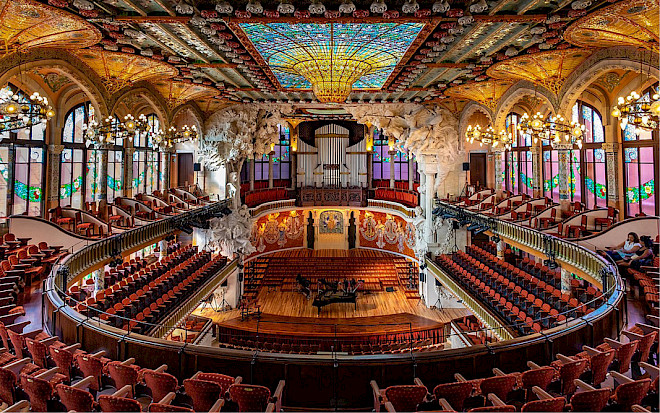
Inaugurated in 1908, the Palau de la Música Catalana is the jewel in the crown of Spanish concert halls: mosaics and stained glass create a spectacular effect both inside and out.
Madrid
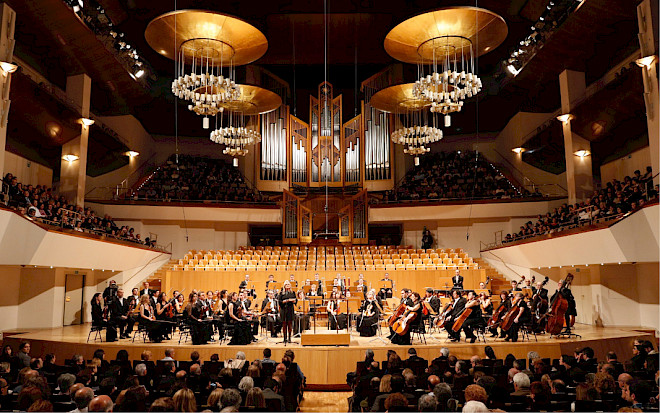
The Auditorio Nacional de Música was opened in 1988 as part of a state plan launched to provide the country with a better musical infrastructure.
Zaragoza
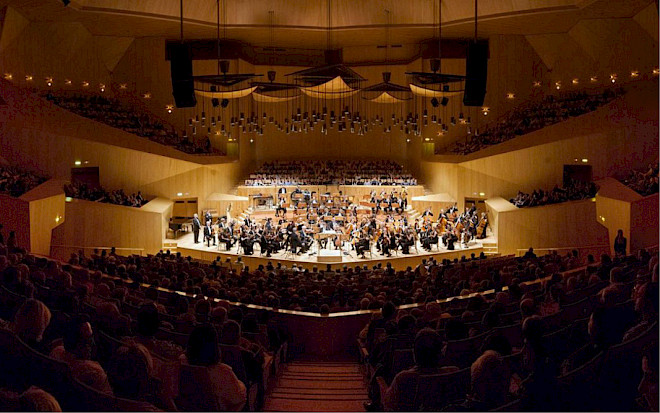
Like many Spanish concert halls, the Auditorio also has rooms for congresses and trade fairs. It was inaugurated in 1994. The light-coloured wooden hall seats just under 2000 people.
Translated with DeepL.com





